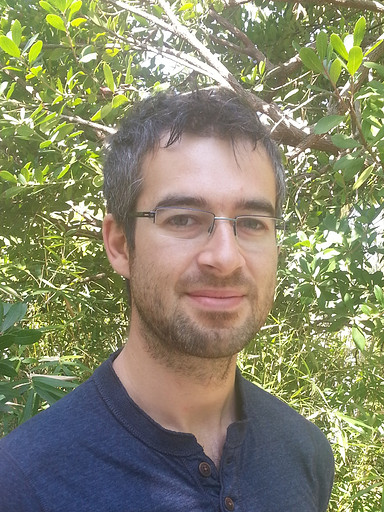Physicists find a new powerful method to explore phase transitions in strongly correlated quantum systems

Researchers from Aalto University and Tampere University have developed a new theoretical method to study dynamical phase transitions in strongly correlated quantum systems. Far-from-equilibrium dynamics of quantum many-body systems is one of the most active research areas in physics. The breakthrough work was recently published in Physical Review X.
Besides the long-standing fundamental interest, quantum dynamics of correlated systems is highly topical for the emerging quantum computers. The first likely breakthrough application for the new technology is in the realm of quantum many-body simulations that are notoriously difficult for traditional computers.
On the other hand, the first-generation quantum computers are still limited, and quantum dynamics can be employed in benchmarking their performance.
‘Thus, comparing their predictions to those obtained by other means offers insights into their ability to simulate quantum systems. The new method to predict dynamical quantum phase transitions could be employed this way to study the performance of quantum computers,’ says Teemu Ojanen, Professor of computational physics at Tampere University.
Phase transitions is the basic phenomena of equilibrium statistical physics. A phase transition is a natural phenomenon in which a small change in a parameter, such as temperature, leads to drastic change in the properties of a substance, for instance water turning into ice. Phase transitions occur at a general level in systems composed by a large number of elementary constituents, for instance the molecules in a substance.
Phase transitions occur only in the limit of an infinite number of constituents, in which the system properties change in a truly discontinuous way. This limit is called the thermodynamic limit, an essential concept to understand phase transitions. The number of molecules in a macroscopic amount of water or any other substance is so astronomically large that the thermodynamic limit is in fact reached for all practical purposes.
The study of phase transitions in various forms has kept scientists busy since the very beginnings of the scientific endeavor. With the limited amount of funding at their disposal, scientists, and in particular physicists, do not have the luxury to study phase transitions directly in the thermodynamic limit. To overcome this limitation, they have devised various methods to infer the existence of a phase transition from the analysis of systems of small size. These methods are particularly important in the case of quantum systems which require a large amount of computational power even for an embarrassingly small number of constituents.
The Aalto University research group led by Professor Christian Flindt is part of the national Centre of Excellence, Quantum Technology Finland (QTF) and InstituteQ, The Finnish Quantum Institute.
The original research article, which was published 26.10. 2021 in Physical Review X, can be accessed here: Determination of Dynamical Quantum Phase Transitions In Strongly Correlated Many-Body Systems Using Loschmidt Cumulants.
News article published originally by Tampere University here.
Further information:

- Published:
- Updated:
Read more news

DeployAI Partners Gather for Heart Beat Meeting in Helsinki
The European DeployAI project's partners gathered for the Heart Beat meeting hosted by Aalto University Executive Education in Helsinki.
Get to know us: Associate Professor Maria Sammalkorpi
Sammalkorpi received her doctorate from Helsinki University of Technology 2004. After her defence, she has worked as a researcher at the Universities of Princeton, Yale and Aalto.
Aalto computer scientists in ICML 2024
Computer scientists in ICML 2024